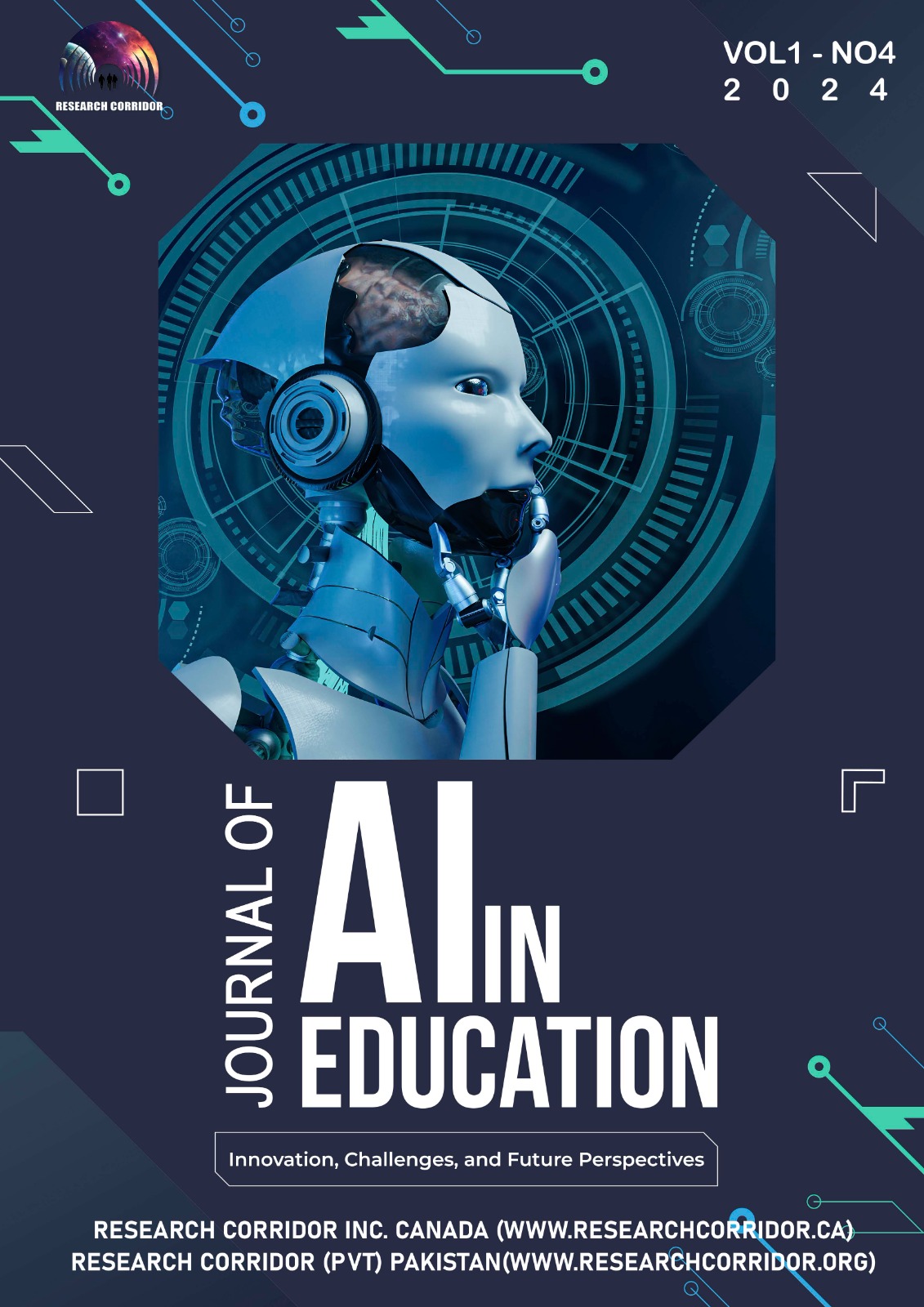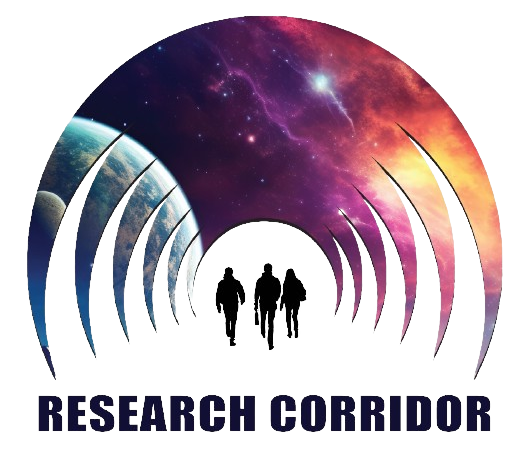AI in STEM Education: Enhancing Problem-Solving and Critical Thinking Skills
Keywords:
Artificial Intelligence, STEM Education, Problem-Solving, Critical Thinking, Personalized Learning, Intelligent Tutoring Systems, Virtual Laboratories, Data-Driven Learning, Inquiry-Based Learning, Ethical ConsiderationsAbstract
The integration of Artificial Intelligence (AI) in Science, Technology, Engineering, and Mathematics (STEM) education has significantly transformed the teaching and learning process, fostering the development of problem-solving and critical thinking skills among students. AI-powered tools and platforms offer personalized learning experiences, adapt to individual student needs, and facilitate interactive engagement with complex scientific concepts. Machine learning algorithms, intelligent tutoring systems, and automated assessment methods enable educators to identify learning gaps and provide targeted interventions. Additionally, AI-driven simulations and virtual laboratories offer hands-on experiences, enhancing conceptual understanding and analytical reasoning. Critical thinking, a key competency in STEM disciplines, is reinforced through AI applications that encourage students to analyze data, recognize patterns, and formulate evidence-based solutions. By integrating AI into curricula, educational institutions can bridge knowledge gaps, enhance student motivation, and foster an inquiry-based learning environment. Furthermore, AI-based educational platforms contribute to inclusivity by catering to diverse learning styles and needs. However, challenges such as ethical considerations, data privacy concerns, and the need for teacher training must be addressed to maximize AI’s potential in STEM education. As AI continues to evolve, its role in shaping future STEM professionals becomes increasingly vital. This paper explores the impact of AI on problem-solving and critical thinking skills in STEM education, highlighting its benefits, challenges, and future implications.





